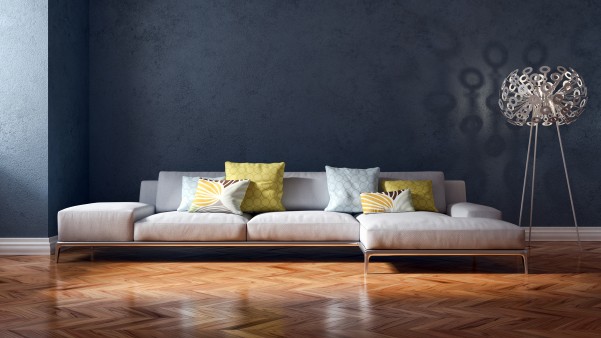Parquetry floors are making a comeback.
Popular in grand homes from the Edwardian era, parquetry’s geometric patterns chime beautifully with current design trends.
Block-patterned timber flooring, known as parquet, was first introduced at none other than the infamous Palace of Versailles, France in 1684. Their decorative nature was eye-catching but practical as well – the easy to install floors began replacing marble flooring, which required constant cleaning and often harbored rotting joists beneath the slabs.
Parquetry floors were used in grand homes during Edwardian times and stayed popular well until the 1930s.
With geometric patterns trending in modern designs, parquet is enjoying yet another revival. While many contemporary designs focus on solid colors with little to no texture, the natural tones of parquet bring a subtle but sophisticated visual rythem to modern interiors.
The timeless quality of the materials and patterns of parquet flooring suit both period and ultra modern homes and lend themselves particularly well to spacious interiors, including the open floor plans that are now a staple of the modern home. Patterned, geometric wood flooring looks equally impressive in private and commercial spaces, including single family homes, luxury apartments, penthouses and professionally-designed homes.
Durable, hard-wearing, and beautiful – parquet timber flooring is easy to care for and doesn’t bend under the test of time.
The traditional process of laying parquet flooring by hand required piecing each board together using hot bitumen. It was a highly skilled, labor-intensive process that would be prohibitively expensive today. Thankfully, today’s modern, cold-use adhesives and click-together technology allows flooring pros to piece together a timeless textured parquet floor that is financially accessible to even the most limited renovation budgets.
If you’re interested in more about parquetry floors, try the resources below:


